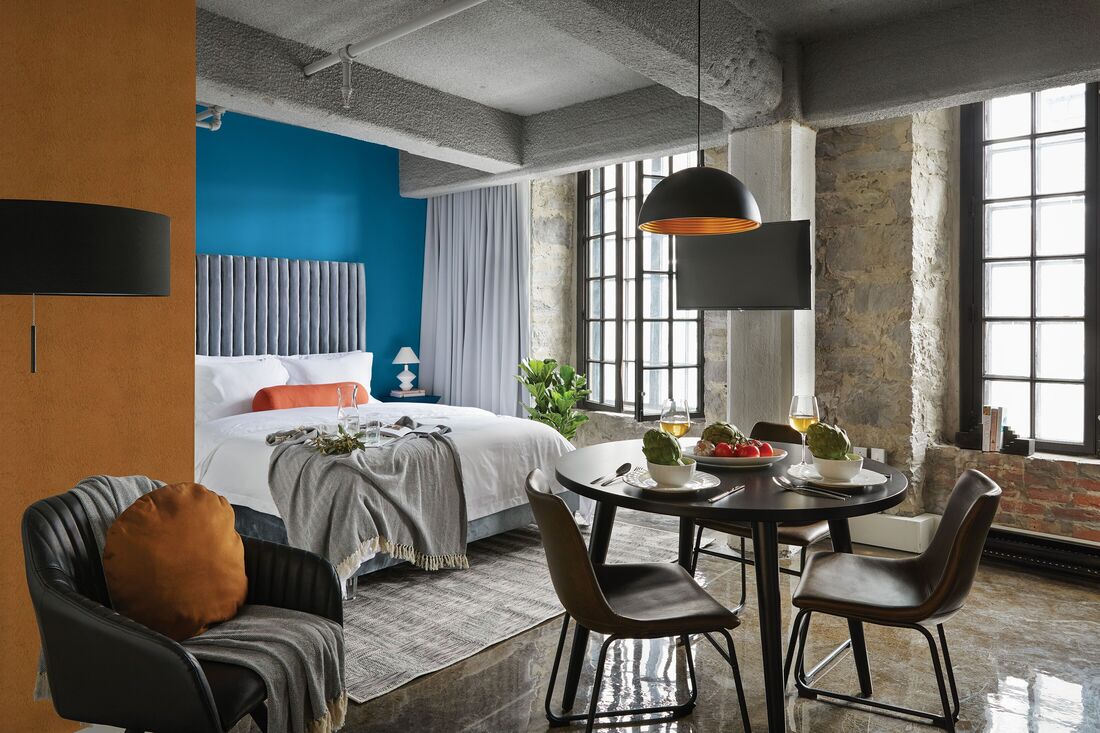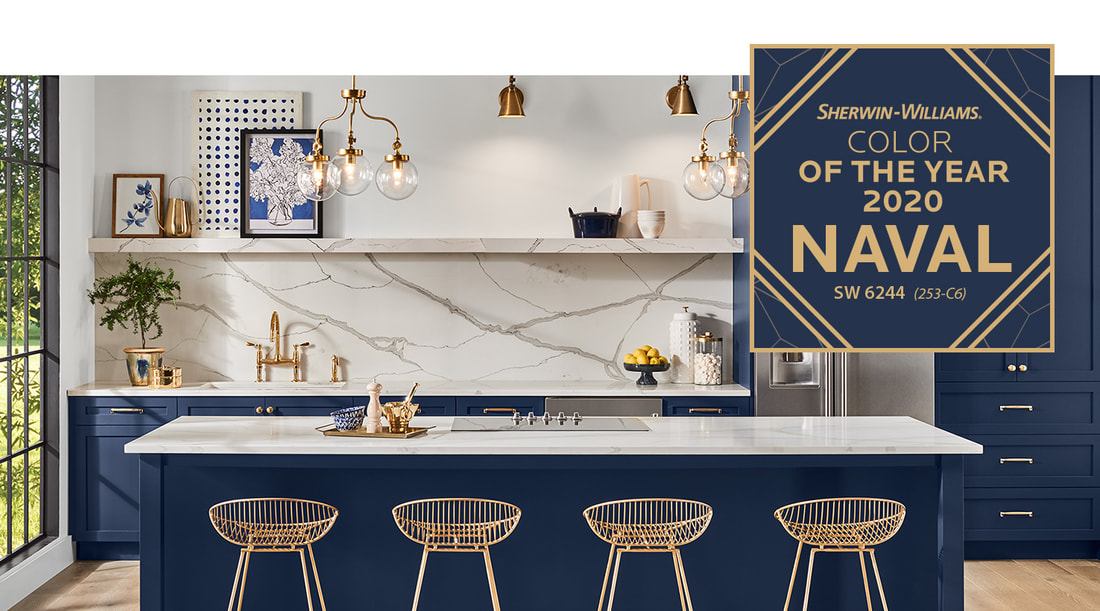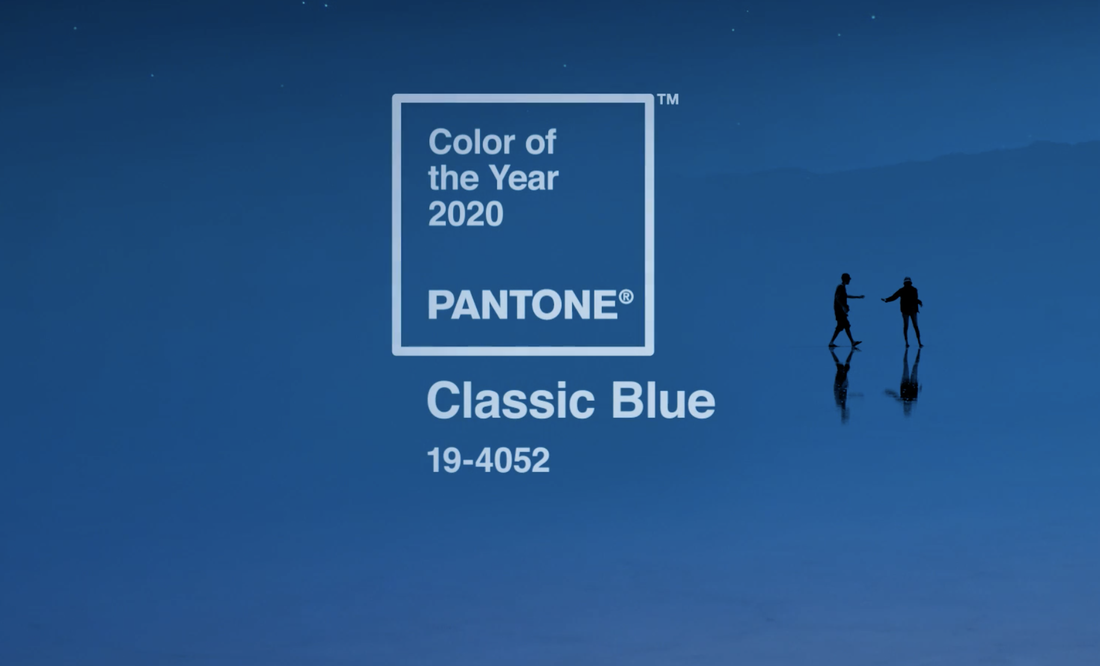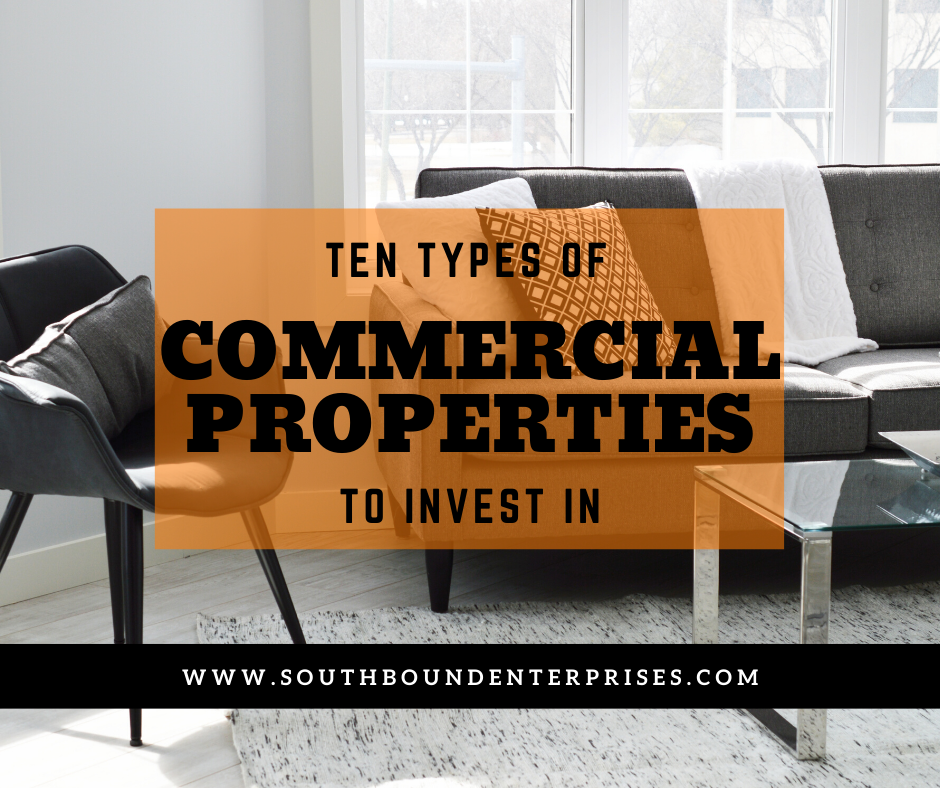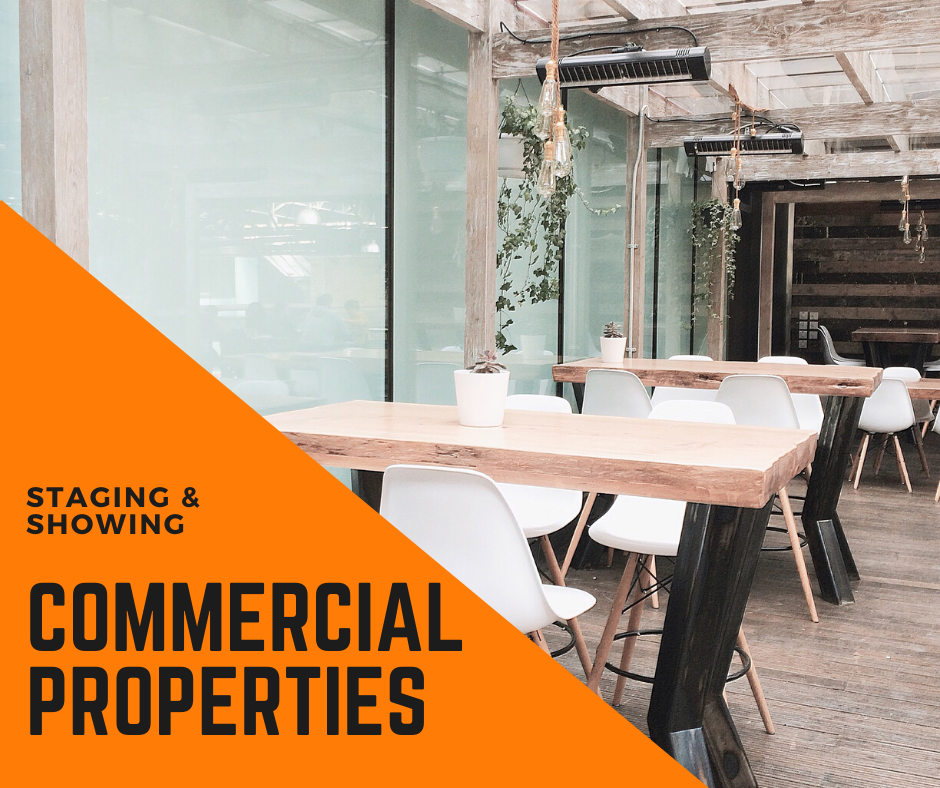|
Blue is predicted to be a popular color in 2020, as three companies--Pantone, PPG, and Sherwin-Williams--have made a shade of blue the color of the year for 2020. The company's website describes Chinese Porcelain as a "blend of cobalt, moody ink blue," and that it "offers escapism in today's data-driven society." It was also noted that the paint color was hand-selected by PPG's global color experts and that it "imparts calmness and restful sleep while also offering the spirit of hopefulness." Sherwin-Williams describes Naval as "a rich navy that creates a calm and grounding environment infused with quiet confidence" on its website. The company also mentions that the color can be used in a whole room, as an accent color, or on any interior space. Pantone states that Classic Blue instills calm, confidence, and connection, and that "this enduring blue highlights our desire for a dependable and stable foundation on which to build as we cross the threshold into a new era."
0 Comments
When people think of investing in real estate, they may have a certain type of property in mind--perhaps an apartment building or a strip mall. There are likely more types of commercial real estate properties to invest in than you realize. Below you will find ten broad categories of commercial properties to invest in and why they are beneficial for investors. 1. Office Buildings and Office SpaceOffice buildings come in a variety of sizes and uses and are generally categorized by the quality of the space (Class A, Class B, and Class C), height of the building (low, mid, or high rise), or by square footage. Class A typically means the property is either new or in new condition and is high quality. Class B offices are generally highly rentable and in good condition. They usually come at a lower rental rate than Class A office properties. Class C offices are seen as "dated" or may have a poor layout, lack of amenities, or be in a less-than-desirable location. Low rise office buildings are any buildings less than 7 stories. A mid rise office building has between 7 and 25 stories, and a high rise office building has more than 25 stories. Benefit for investors: Office buildings can generate large amounts of income and come with tenants that are committed to long-term leases. These types of properties can appreciate in value over time and can be a wonderful long-term investment property. 2. Retail Buildings and Retail SpaceRetail space is often categorized by the type of building or type of retail usage. The types of retail are virtually endless, but major types of retail buildings include freestanding, pad sites, shopping centers, big box retail, small box retail, special use, retail condos, and residential conversion. Some of the most common types of retail uses include auto related, auto and truck sales, prepared food related, taverns and drinking related, grocery stores, convenience stores, specialty food stores, daycares, building materials and supplies, hardware stores, furniture stores, appliance stores, consumer electronics stores, camera and photography related, lawn and garden shops, apparel, shoe, and accessory shops, department stores, pharmacies, liquor stores, antique shops, book stores, sporting goods stores, office supplies stores, jewelry stores, hobby shops, gift stores, florists, and miscellaneous. Benefit for investors: Retail spaces often fulfill basic needs for customers, thus it isn't very difficult to find tenants for these properties, especially in high-traffic areas. 3. Shopping CentersShopping centers are generally come in two forms: an "open air" shopping center, which isn't enclosed, or a shopping mall. Within these two categories are a few sub categories. Malls can be regional or super regional. Regional malls are between 400,000 to 800,000 square feet and draws most customers from a 5 to 15 mile radius, whereas a super regional mall is over 800,000 square feet, frequently multi story, and draw their customers from a 25 mile radius. Open air shopping centers differ in what radius they draw their clients from, what the tenants' cater to, and the location. Some examples of this are neighborhood centers, which would be what a typical strip mall is, festival centers, which focus on entertainment, and outlet centers, which include outlet stores that sell brand-name goods at discount prices. Benefit for investors: Shopping centers tenants generally have reliable tenants who sign multi-year leases, which can guarantee the profitability of your investment. 4. Industrial and Flexible SpaceIndustrial property is sorted into two categories: light industrial and heavy industrial. Light industrial includes lower impact storage and manufacturing. Light industrial properties may house research or development, warehousing, wholesaling, or assembly of products. Heavy industrial refers to manufacturing, processing, or refining products or raw materials. Benefit for investors: There's a huge demand for industrial properties like Amazon fulfillment centers, warehouses for big-box stores, and storage facilities. These types of properties withstand market downturns better than other commercial properties. 5. Hospitality PropertiesHospitality properties include those who fall into the category of lodging, vacations, and recreation. This would include hotels, motels, casinos, spas, convention centers, golf courses, cabins, amusement parks, water parks, and more. There are many different types and grades of hotels, timeshares, and vacation resorts within this category of investment. Benefit for investors: Hospitality properties trade at higher cap rates, and because properties like hotels sell their rooms by the night, it's like a nightly lease and each night is an opportunity to make money. 6. Multi-Family PropertiesMulti-family housing is defined as any building with more than one residential unit. Apartment buildings and complexes fall into this category. Any multifamily housing that contains one and four units is considered residential by a mortgage lender and any building or complex that has five or more units is considered a commercial property. Benefit for investors: Many investors purchase and/or develop multifamily housing complexes because they often crate an income stream that provides a high return on investment. 7. Farm and Ranch PropertiesCommercial farms that are used to grow agriculture or deal with boarding, training, and riding horses, as well as breeding and animal sales and timberland production all fall under the category of farm and ranch properties. Benefit for investors: As the world's population increases, so does the need for goods. Investing in agriculture not only supports the farming industry and farmers, but also keeps investments more secure than they would be in the stock market. 8. Business OpportunitiesBusiness opportunities are typically categorized by a business category. Retail businesses are those such as Dunkin Donuts, a laundromat, or Jiffy Lube. Professional businesses are those such as a dental office, chiropractors office, or insurance office. Distribution/Wholesale businesses are the middleman between a manufacturer and retailer. A distributor may purchase beverages directly from the maker, such as Snapple, and then distribute them to restaurants such as Subway, who then sell them to the consumer. Manufacturing businesses deal with the creation and production of anything that will be sold. Benefit for investors: Buying an established and profitable business can be less risky than starting one. 9. Vacant Developable LandVacant land can refer to a single in-town lot to a parcel of many hundreds of acres. Prospects who buy vacant land usually purchase it to develop it into some form of commercial use, or hold the land in expectation that the value will increase and provide a return on investment in the future. Benefit for investors: Taxes and fees for vacant land are usually lower than developed land. Vacant land may also be very affordable, as many sellers are highly motivated. 10. Senior Housing and Long Term Care FacilitiesThere is a large variety of long term care for the elderly, and commercial housing in this category is purchased by those looking for a return on an investment as well as health professionals who would like to manage a business. Long term care facilities include independent living, assisted living, life care, dementia care, and nursing homes.
Benefit for investors: This sector of business has great resiliency and is seen as a low-risk investment that provides a great return on investment. It has been said that staging a commercial property is equally as important as staging a residential property. Making a good first impression visually can make all the difference in how fast the property sells and for how much. Something as simple and inexpensive as a gallon of paint can be worth thousands in the sale of a commercial property. The goal for selling or leasing a commercial property is to have the tenant or buyer sign a contract for a high number, and that can be achieved when they see the space as the best one out there.
Staging professionals make a space appeal larger by painting them off white because light colors make a space feel bigger, clean, and conduct more light. Another tip staging professionals use for commercial properties is to turn on all the lights during showings because it can help the space feel welcoming and bright. When leasing a vacant office space, try having a few desks or pieces of office furniture in the space when showing it to prospective tenants, as vacant spaces appear smaller the the eye than if they have a bit of furniture in them. Little details like clean carpets, fresh paint, and small repairs make a huge difference in how a property is perceived buy the buyer. While property owners typically don't like to do anything extra on a building they are looking to sell or lease, buyers and tenants will generally pay more for a space and in a faster time frame if it shows well. If you were to sell a car, you would certainly give it a good cleaning inside and out to help it sell for more. You might even rotate the tires and give it an oil change. Selling a building is much the same. Buyers use their emotions when they purchase a property. Use all the skills you can to appeal to their emotions and make a good first impression in the way you choose to stage and show commercial properties! |
WelcomeHello and welcome to the Southbound Enterprises Blog! Find out more about us and what we do here. Archives
July 2022
Categories |
